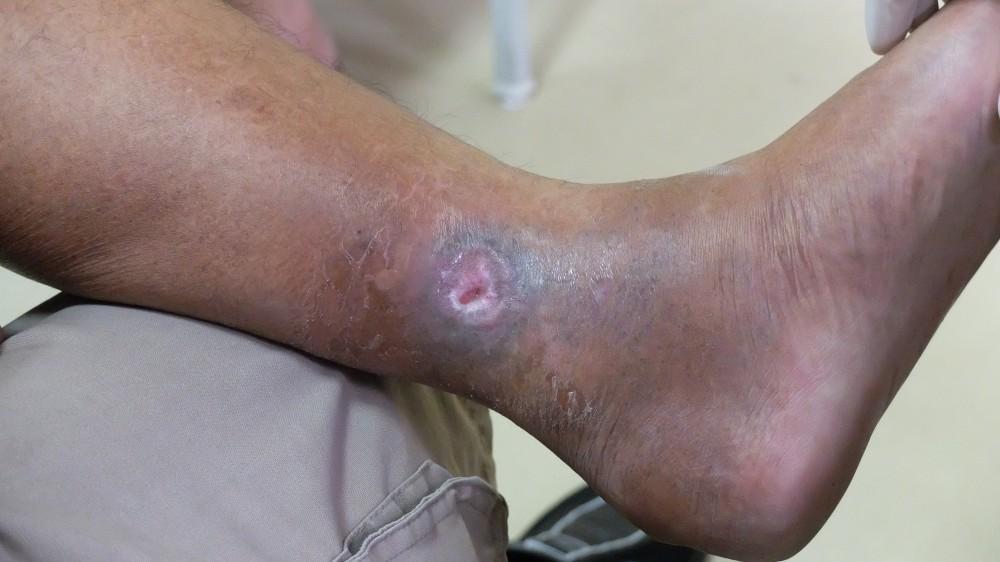
4 Ways Your Doctor May Treat Your Hammertoe

When issues start to arise with your feet, it’s a good idea to take them seriously. After all, you depend on your feet almost every minute of every day, from the first time you get out of bed to your last late-night run to the bathroom. Without foot health and comfort, everyday activities become too much of a challenge, leading to reduced quality of life.
Hammertoes are a common podiatry issue that might not seem serious at first. However, left untreated, hammertoes can result in discomfort, problems finding well-fitting footwear, and eventually, reduced daily life activity. And, you should know that treatments for hammertoes tend to be most effective when started early.
At The Foot Care Group, board-certified podiatrist Dr. Steve Sharlin can help with your hammertoe problems. Dr. Sharlin treats new and existing patients with hammertoes from his offices in Hinsdale, Libertyville, and the Streeterville community of Chicago, Illinois. Here’s some of the ways that Dr. Sharlin can help with a hammertoe.
1. Changes to your shoes
Hammertoes can occur on your second, third, fourth, or fifth toes. If you develop this condition, one of your toe joints starts to weaken, becoming chronically and eventually permanently bent, giving your toe a shape similar to the head of a hammer.
Hammertoes are often caused by problems with the fit of your footwear, and, in early stages, can often be resolved with simple changes to your shoes. Your shoes might be too tight, too small, or otherwise put too much pressure on your toes, changing the muscular integrity of your toe joints.
If you keep wearing shoes that worsen the problem, you’re likely to deal with symptoms of pain, redness, inflammation, corns and calluses, and open sores. Talk to Dr. Sharlin about the right changes to make in your daily and professional footwear to take pressure off your toes and help your hammertoe heal.
2. Custom orthotics
You might be able to reverse your hammertoe problem by switching to a different size or style of shoe. Or, Dr. Sharlin might recommend even more support for the muscles and tendons in your feet, and suggest you switch to custom orthotics.
You have lots of options when it comes to custom orthotic devices from The Foot Care Group. You might benefit from a full orthotic shoe, pads for corns and calluses, or splinting or straps to keep your toes properly aligned in your shoes when walking and standing.
3. Surgery
Severe cases of hammertoe that have progressed over time may need surgical treatment to fully resolve. If your toe is permanently bent, causing you regular pain, or resulting in frequent open sores, Dr. Sharlin may recommend surgical treatment to restore the proper shape of your toes and feet.
4. Medication management
Hammertoes can be uncomfortable, and Dr. Sharlin takes your foot comfort seriously. He can suggest effective strategies to help you manage the pain and discomfort associated with hammertoes, including:
- Icing therapy to reduce inflammation
- Pain management with over-the-counter medication
- In-office corticosteroid injections to control pain and inflammation
Dr. Sharlin begins your treatment with a thorough examination, including X-rays as needed, to understand more about the condition of your foot and toes.
For expert hammertoe treatment, contact Dr. Sharlin at The Foot Care Group over the phone or online today.
You Might Also Enjoy...


Can Hammertoes Be Corrected with Orthotics?

Can Cryotherapy Get Rid of My Plantar Warts?

I'm Embarrassed About My Toenail Fungus: What Can Help?

5 Bothersome Complications of Untreated Hammertoe

